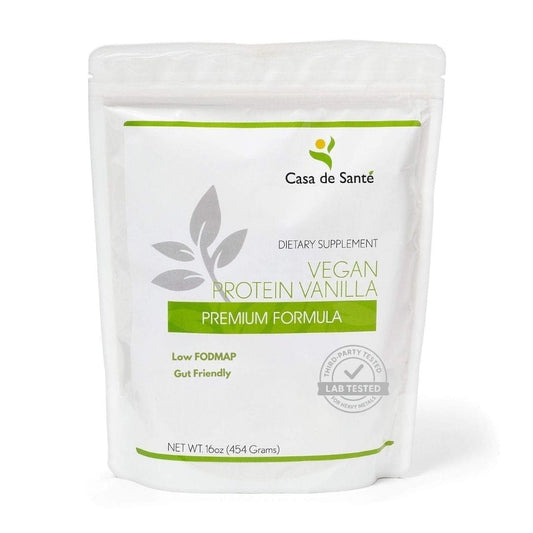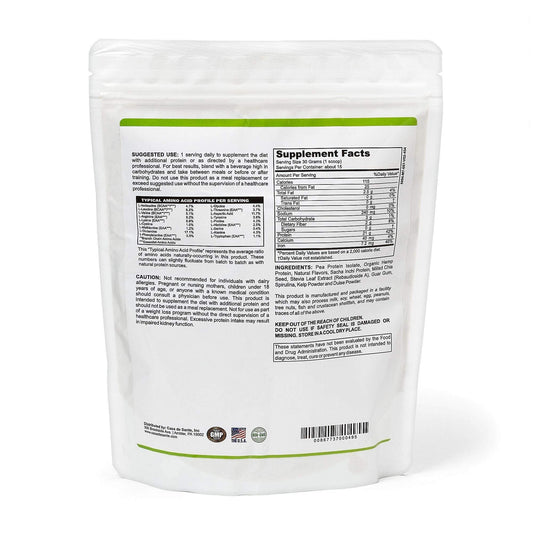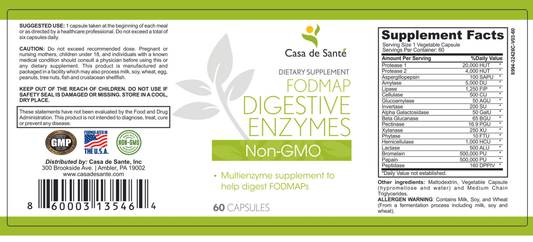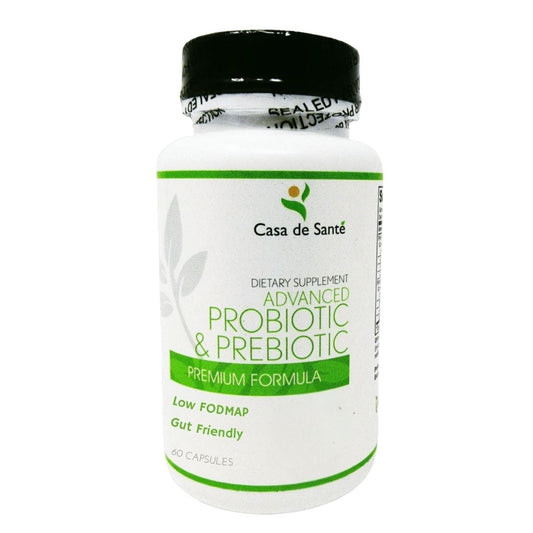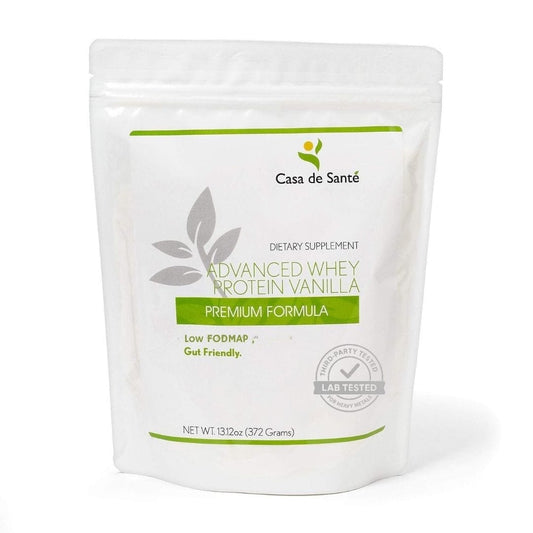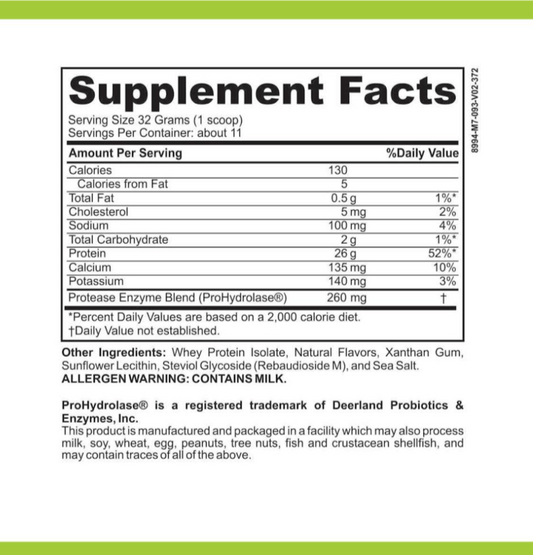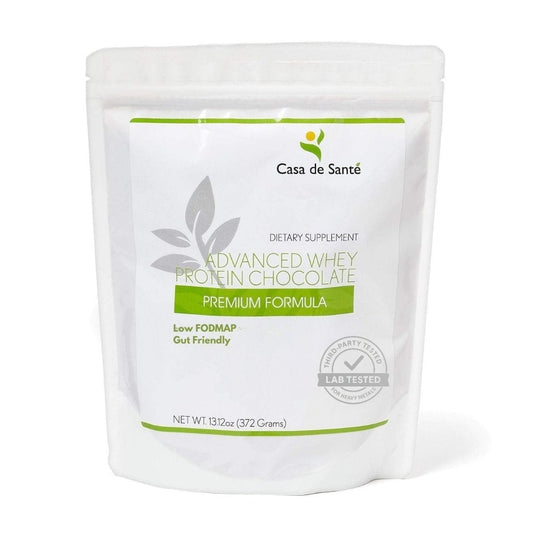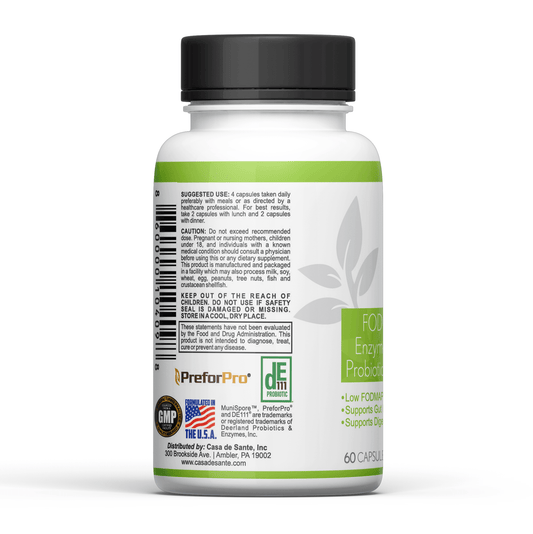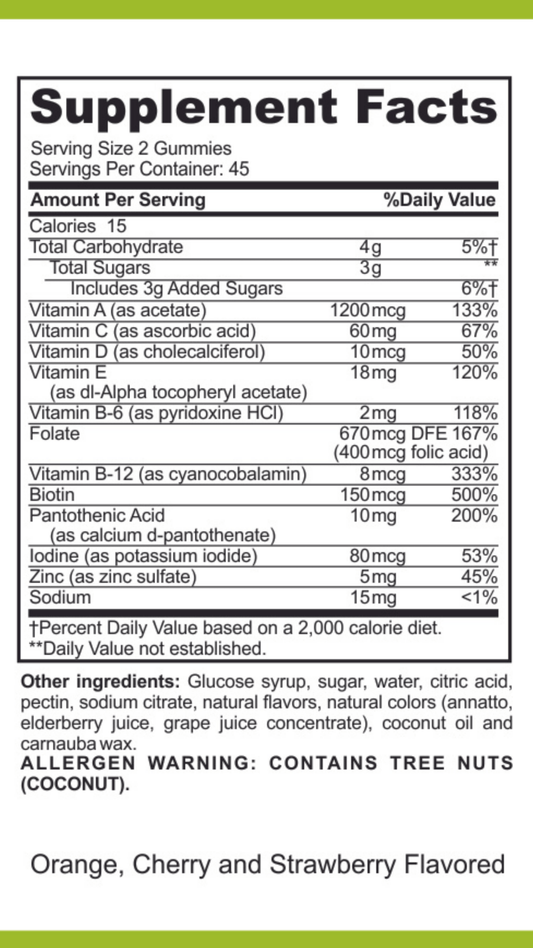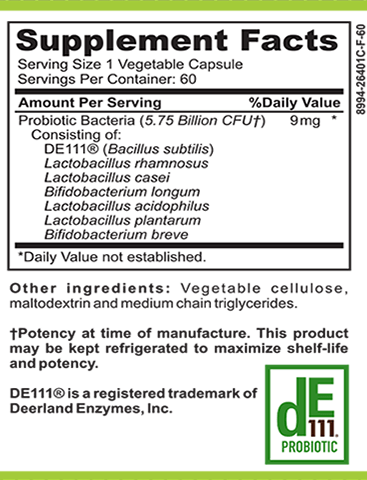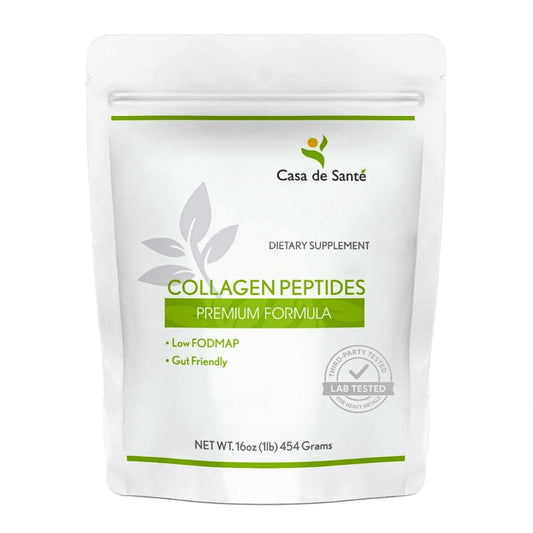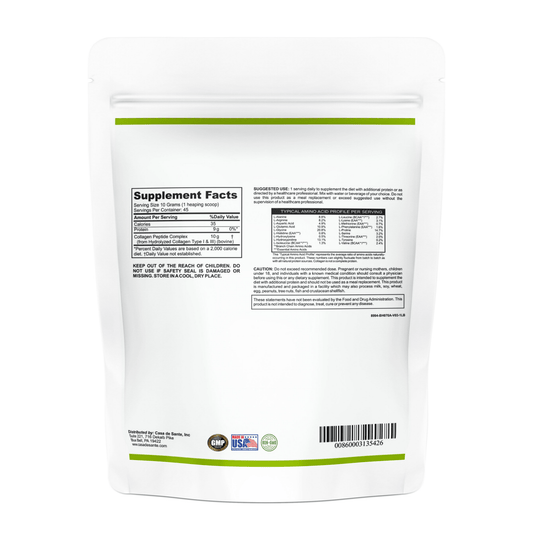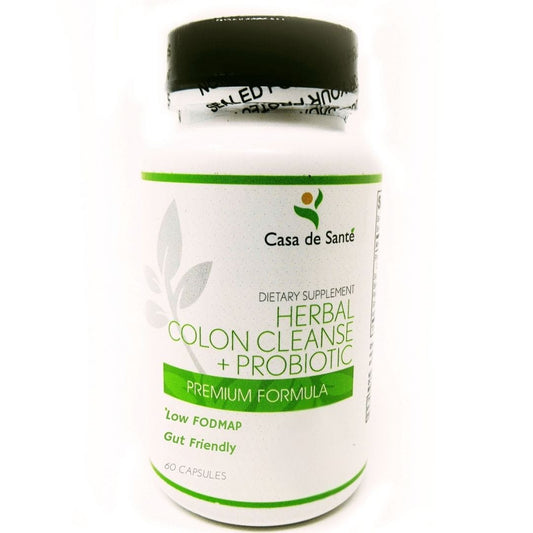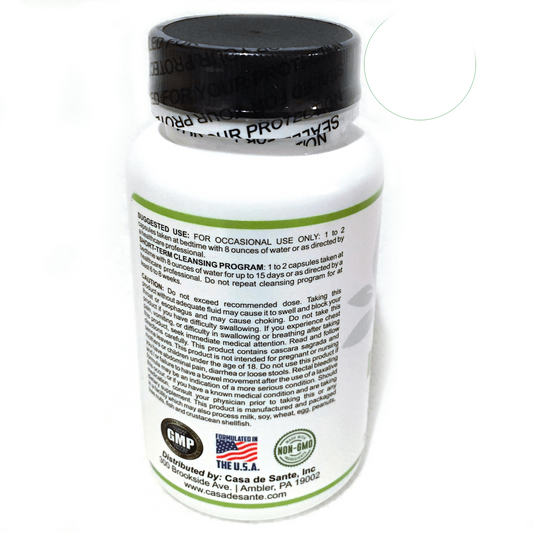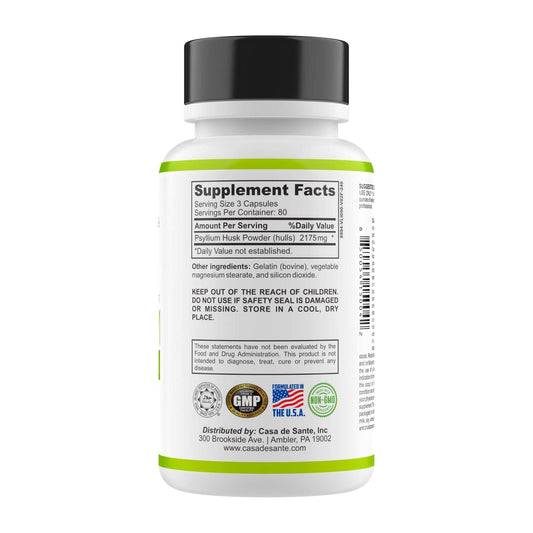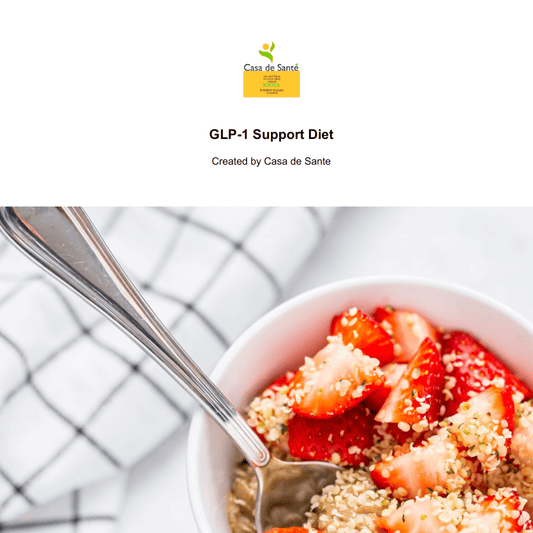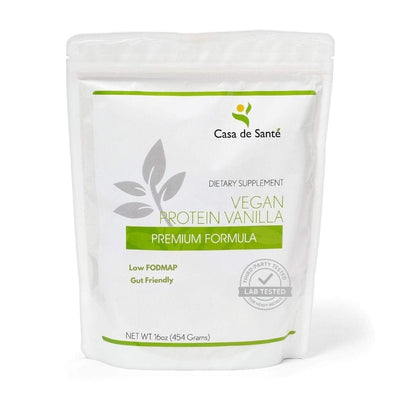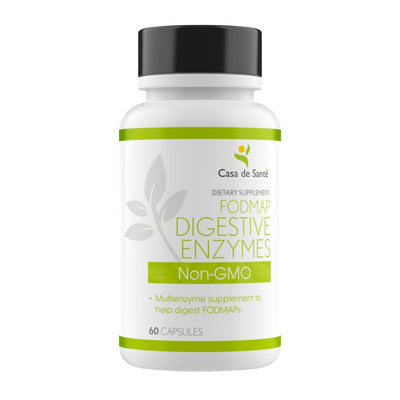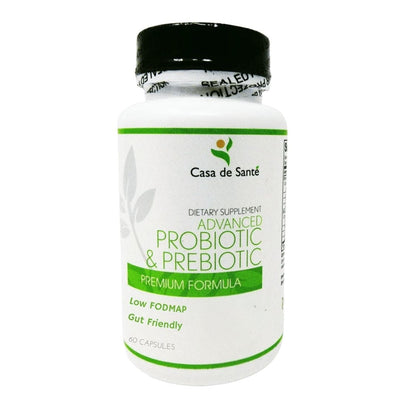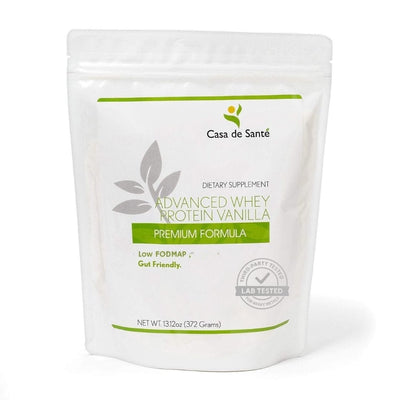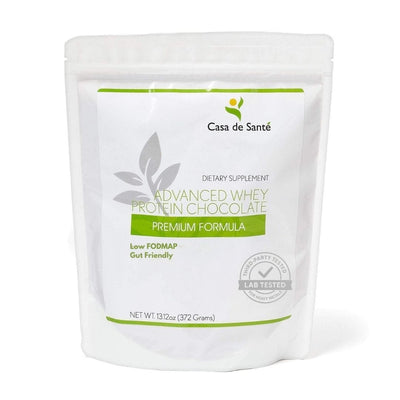What Causes Estrogen Dominance: Understanding the Hormonal Imbalance
What Causes Estrogen Dominance: Understanding the Hormonal Imbalance
Hormonal balance is essential for overall health and wellbeing, particularly for women. When this delicate equilibrium is disrupted, various health issues can emerge. One of the most common hormonal imbalances affecting women today is estrogen dominance—a condition where estrogen levels are disproportionately high relative to other hormones, especially progesterone. This imbalance can trigger a cascade of uncomfortable symptoms and potentially serious health concerns if left unaddressed.
What Exactly Is Estrogen Dominance?
Estrogen dominance occurs when the body has too much estrogen relative to progesterone. This doesn't necessarily mean estrogen levels are abnormally high—though they can be. Rather, it indicates an imbalance in the estrogen-to-progesterone ratio. Even normal estrogen levels can create problems if progesterone levels are too low to balance estrogen's effects.
This hormonal imbalance can affect women at any age, though it's particularly common during perimenopause—the transitional years leading up to menopause when hormone production becomes erratic. However, younger women are increasingly experiencing estrogen dominance due to various lifestyle and environmental factors.
The delicate balance between estrogen and progesterone serves multiple crucial functions in the female body. Estrogen primarily promotes cell growth and proliferation, particularly in reproductive tissues, while progesterone acts as a counterbalance, regulating this growth and preventing excessive tissue buildup. When this balance tips toward estrogen dominance, the body experiences a state of unchecked stimulation that can manifest in numerous uncomfortable and potentially serious health effects. This imbalance doesn't happen overnight but typically develops gradually as various factors influence hormone production, metabolism, and elimination.
Modern lifestyle factors have significantly contributed to the rising prevalence of estrogen dominance. Chronic stress triggers cortisol production, which can interfere with progesterone synthesis. Poor diet choices, particularly those high in refined carbohydrates and low in essential nutrients, can impair the liver's ability to metabolize estrogen effectively. Environmental exposures to xenoestrogens—compounds found in plastics, pesticides, and personal care products that mimic estrogen in the body—further compound the problem by adding to the body's total estrogen burden without a corresponding increase in progesterone to maintain balance.
Common Symptoms of Estrogen Dominance
Recognizing estrogen dominance begins with understanding its symptoms, which can vary widely among individuals. Common signs include irregular or heavy periods, breast tenderness, mood swings, irritability, and weight gain, particularly around the hips and abdomen. Many women also report headaches, fatigue, decreased libido, and sleep disturbances. In more severe cases, estrogen dominance has been linked to conditions like fibroids, endometriosis, and certain hormone-sensitive cancers.
The digestive system can also be affected by hormonal imbalances, with many women experiencing bloating, gas, and digestive discomfort. These symptoms can be particularly challenging for those with sensitive digestive systems or FODMAP sensitivities. Some find relief through digestive support supplements like Casa de Sante's low FODMAP certified digestive enzymes, which help break down difficult-to-digest foods while reducing occasional bloating and discomfort—a welcome relief when hormonal fluctuations are already causing distress.
Root Causes of Estrogen Dominance
Understanding what causes estrogen dominance is crucial for addressing it effectively. Several factors can contribute to this hormonal imbalance, often working in combination to disrupt normal hormone function.
Environmental Factors
Our modern environment exposes us to numerous chemicals that can mimic estrogen in the body. These "xenoestrogens" or "environmental estrogens" come from various sources including plastics (particularly those containing BPA), pesticides, herbicides, and industrial chemicals. Personal care products, cleaning supplies, and even certain medications can contain compounds that act like estrogen in the body.
These environmental estrogens bind to estrogen receptors and can trigger estrogen-like effects, potentially disrupting the body's natural hormonal balance. Over time, cumulative exposure to these compounds may contribute significantly to estrogen dominance.
Dietary Influences
Diet plays a crucial role in hormone regulation. Consuming excessive amounts of conventional dairy and meat products may expose you to added hormones used in conventional farming. High consumption of alcohol can impair the liver's ability to metabolize estrogen effectively. Similarly, diets high in refined carbohydrates and sugar can lead to insulin resistance, which may increase estrogen levels.
Nutritional deficiencies can also impact hormone balance. For instance, B vitamins, magnesium, and zinc are essential for proper hormone metabolism. Without adequate levels of these nutrients, the body may struggle to maintain hormonal equilibrium. Additionally, poor digestive health can impair nutrient absorption and hormone metabolism, creating a cycle that exacerbates hormonal imbalances.
Liver Function and Detoxification
The liver plays a central role in metabolizing hormones, including estrogen. When liver function is compromised due to factors like alcohol consumption, exposure to environmental toxins, or certain medications, estrogen metabolism can be impaired. This can lead to higher circulating levels of estrogen, contributing to estrogen dominance.
Supporting optimal liver function through proper nutrition and lifestyle choices is essential for maintaining hormonal balance. Foods that support liver health include cruciferous vegetables, garlic, onions, and herbs like milk thistle and dandelion. Some individuals also benefit from digestive enzyme supplements that support nutrient absorption and reduce digestive stress, indirectly supporting liver function by optimizing the breakdown of proteins, carbohydrates, and fats.
Gut Health and Estrogen Metabolism
The gut-hormone connection is increasingly recognized as a critical factor in hormonal health. Research shows that gut bacteria play a significant role in estrogen metabolism through what's known as the "estrobolome"—the collection of bacteria capable of metabolizing estrogens.
The Estrobolome and Hormone Regulation
Certain gut bacteria produce an enzyme called beta-glucuronidase, which can reactivate estrogen that was previously deactivated by the liver. When these bacteria are overabundant, they can cause estrogen to be reabsorbed into circulation rather than excreted, potentially contributing to estrogen dominance.
Digestive issues like dysbiosis (imbalanced gut bacteria), leaky gut syndrome, or chronic constipation can all impact estrogen levels by affecting how efficiently the body eliminates used hormones. Improving gut health is therefore an important strategy for addressing estrogen dominance.
Digestive Support for Hormonal Balance
Supporting digestive health can be a valuable approach to managing estrogen dominance. A diet rich in fiber helps bind to excess estrogen in the digestive tract and facilitate its elimination. Probiotic-rich foods like yogurt, kefir, sauerkraut, and kimchi can help maintain a healthy balance of gut bacteria.
For those with sensitive digestive systems, professional-grade digestive enzymes like those offered by Casa de Sante can provide targeted support. Their comprehensive enzyme complex includes 18 different enzymes that work synergistically to break down proteins, carbohydrates, fats, and fiber, making nutrients more bioavailable while reducing digestive stress. This can be particularly beneficial for individuals following specialized diets aimed at hormonal balance, as it helps ensure optimal nutrient absorption while minimizing digestive discomfort.
Lifestyle Factors Contributing to Estrogen Dominance
Beyond diet and environment, several lifestyle factors can significantly impact hormone balance and potentially contribute to estrogen dominance.
Chronic Stress and Hormonal Disruption
Chronic stress triggers the release of cortisol, the body's primary stress hormone. When cortisol remains elevated for extended periods, it can disrupt the production of other hormones, including progesterone. Since progesterone and cortisol share precursor molecules, the body may prioritize cortisol production during times of stress, potentially reducing progesterone levels and creating an imbalance relative to estrogen.
This "progesterone steal" phenomenon can contribute to estrogen dominance even when estrogen levels themselves are normal. Managing stress through practices like meditation, yoga, adequate sleep, and regular exercise is therefore crucial for maintaining hormonal balance.
Weight Management and Hormone Production
Adipose tissue (fat cells) is not merely a storage depot for excess calories—it's metabolically active and produces estrogen. This is particularly true of visceral fat, the type that accumulates around the abdomen. Excess body fat can therefore increase estrogen production, potentially contributing to estrogen dominance.
Maintaining a healthy weight through balanced nutrition and regular physical activity can help regulate hormone production. However, extreme dieting or excessive exercise can also disrupt hormonal balance, so moderation and consistency are key. For those struggling with digestive issues that complicate weight management, comprehensive digestive support may be beneficial. Professional-grade enzyme supplements can help optimize nutrient absorption while reducing digestive discomfort, supporting overall metabolic health.
Addressing Estrogen Dominance Naturally
Managing estrogen dominance often requires a multi-faceted approach that addresses its various causes. While medical intervention may be necessary in some cases, many women find significant relief through natural strategies.
Dietary Approaches
A diet rich in cruciferous vegetables like broccoli, cauliflower, and Brussels sprouts can support estrogen metabolism through compounds called indole-3-carbinol and diindolylmethane (DIM). These compounds help the liver process estrogen into less potent forms that are more easily eliminated from the body.
Increasing fiber intake supports the elimination of excess estrogen through the digestive tract. Ground flaxseeds are particularly beneficial as they contain lignans, which can help modulate estrogen activity. For those with sensitive digestive systems who struggle with high-fiber foods, digestive enzymes that break down fiber can be helpful. Casa de Sante's enzyme complex includes cellulase and hemicellulase specifically for fiber breakdown, making it easier to incorporate these beneficial foods without discomfort.
Lifestyle Modifications
Reducing exposure to environmental estrogens is an important step in addressing estrogen dominance. This includes choosing organic produce when possible, avoiding plastic food containers (especially when heated), using natural cleaning products, and selecting personal care products free from endocrine-disrupting chemicals.
Regular exercise supports hormone balance by reducing stress, improving insulin sensitivity, and promoting healthy body composition. Adequate sleep is equally important, as hormonal regulation occurs during sleep cycles. Creating a consistent sleep routine and prioritizing 7-9 hours of quality sleep each night can significantly impact hormonal health.
Addressing estrogen dominance requires patience and consistency, but with the right approach, many women experience significant improvements in their symptoms and overall wellbeing. By understanding the various factors that contribute to this common hormonal imbalance, you can take informed steps toward restoring balance and reclaiming your health.

